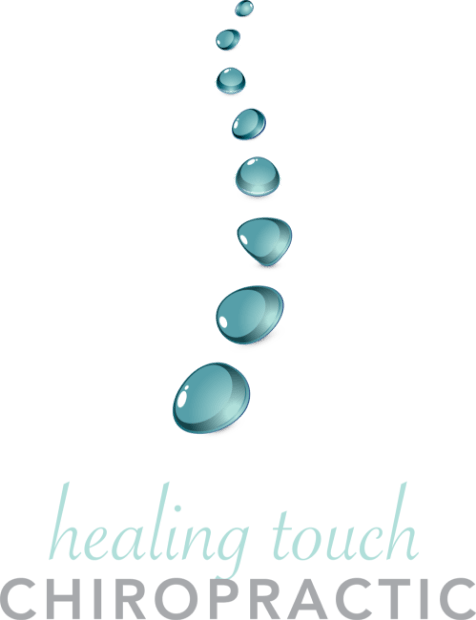1) Lavender
Oral lavender has been cited in the literature as a promising alternative medicine for those battling with general anxiety disorders. Aromatherapy is another popular method of using lavender in remaining calm. The smell receptors in our brain are a part of the limbic system and have near direct access to the amygdala. The amygdala is the part of our brain that is responsible for processing emotion. It makes sense that the smell of lavender would aid in calming one down via simple neurology.
2) Acupuncture
Acupuncture needles placed in specific areas referred to as meridians may be able to inhibit the production of stress hormones one study from Georgetown University says. A trained acupuncturist will be able to determine how best to help each specific patient.
3) Chamomile Tea
I know you’ve heard this one from your mom or grandma, and they were right! “Researchers treated 93 anxiety patients between 2010 and 2015. Of these, 47 were given a placebo and 46 were given the chamomile. The researchers found that the chamomile group had over 40 percent fewer anxiety relapses during the treatment period. Also, anxiety relapses occurred an average of every 6.3 weeks for the placebo group and 11.4 weeks for the chamomile group. The risk of relapse was nearly half for the chamomile group compared to the placebo group.” Who knew grandma was a scientist?!
4) Chiropractic
Really? Yes. One of my top 10 favorite research articles of all time is from the Journal of Music Therapy where they used three groups, a control group, a group listening to new age music, and a group listening to a preferred style of music. They were scored on the Likert scale, adjusted by a chiropractor, and then they were to re-do the Likert scale. All three groups showed a significant decrease in tension/anxiety following the adjustment including the control group who did not have music to listen to.
5) Yoga
Harvard University has quoted the practice of yoga as being beneficial for everyone, but specifically for those struggling with anxiety and depression. Yoga incorporates breathing techniques that essentially “turn on” our parasympathetic nervous system which is responsible for digestion and rest which helps to keep us calm.
*These tips are for the self-management of mild anxiety. If symptoms worsen, please contact a mental health professional to seek care.
References:
Koulivand, P. H., Khaleghi Ghadiri, M., & Gorji, A. (2013). Lavender and the Nervous System. Evidence-Based Complementary and Alternative Medicine: eCAM, 2013, 681304. http://doi.org/10.1155/2013/681304
Ladan Eshkevari, Eva Permaul and Susan E Mulroney. Acupuncture blocks cold stress-induced increases in the hypothalamus–pituitary–adrenal axis in the rat. J Endocrinol April 1, 2013 217 95-104
Mao JJ, Xie SX, Keefe JR, Soeller I, Li QS, Amsterdam JD. Long-term chamomile (Matricaria chamomilla L.) treatment for generalized anxiety disorder: A randomized clinical trial. Phytomedicine. 2016 Dec 15;23(14):1735-1742. doi: 10.1016/j.phymed.2016.10.012.
https://www.health.harvard.edu/mind-and-mood/yoga-for-anxiety-and-depression
